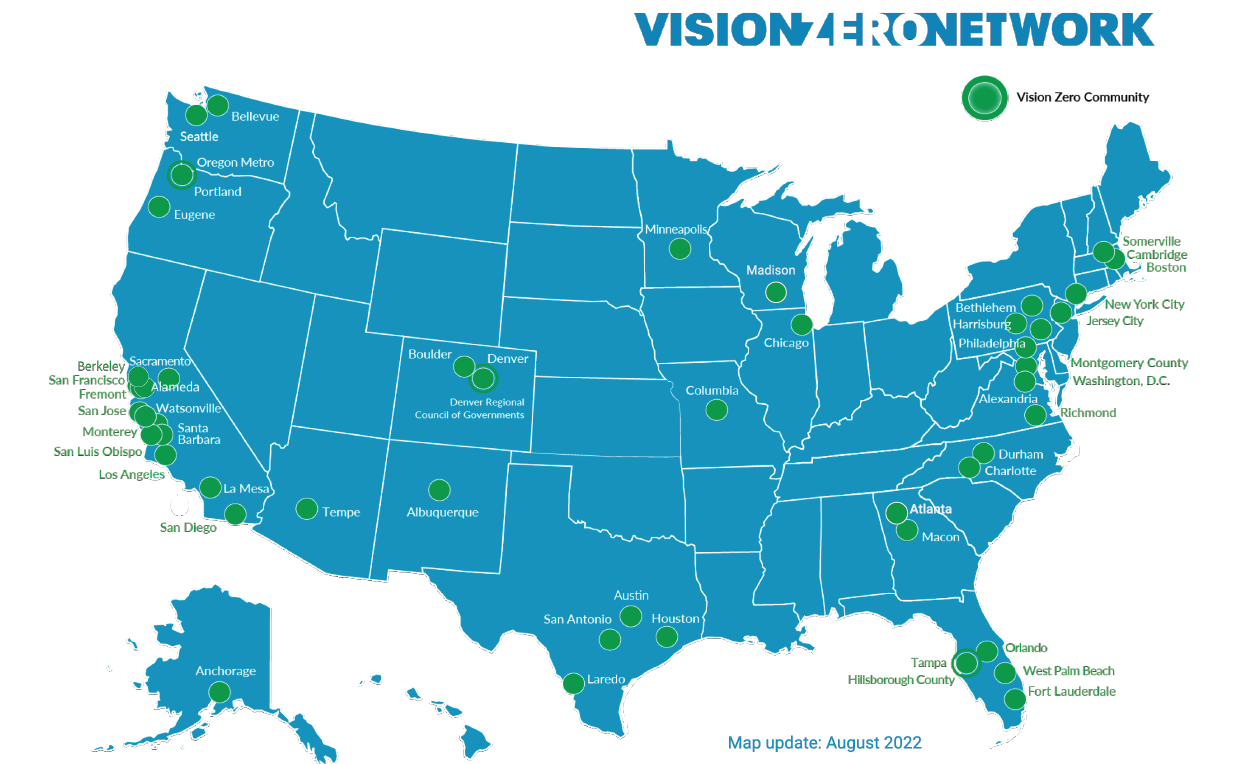Road Safety
Pedestrian Safety
At some point in the day, most of us are pedestrians — we walk to and from school and the park, in our neighborhoods, and in parking lots. Unfortunately, pedestrian injuries and fatalities remain high. In 2021, 7,388 pedestrians were killed – a 13% increase from 2020 – and more than 60,000 pedestrians were injured nationwide.
Pedestrians can stay safe by:
- Walking on sidewalks whenever they are available. If there is no sidewalk, walk facing traffic and as far from moving traffic as possible.
- Crossing streets at crosswalks or intersections. Look for cars in all directions, including those turning left or right.
- Being visible. Wear bright-colored clothing or carry a light.
- Staying alert. Do not text while walking. Avoid alcohol and drugs.
Drivers can keep pedestrians safe by:
- Yielding to pedestrians, especially children.
- Approaching crosswalks and making turns carefully. Never pass vehicles stopped at a crosswalk. There may be people crossing the street where you can’t see.
- Following the speed limit.
- Reducing distractions, including cellphone usage, eating, and drinking. Be mentally aware of your surroundings.
- Never driving under the influence of alcohol or drugs.
Resources:
Zero Deaths – Saving Lives through a Safety Culture and a Safe System National Efforts
Zero Deaths and Safe System
State Farm – Pedestrian Safety Tips
Vision Zero
 Vision Zero is an initiative with the goal of eliminating all traffic fatalities and severe injuries, while increasing safe, healthy equitable mobility for all.
Vision Zero is an initiative with the goal of eliminating all traffic fatalities and severe injuries, while increasing safe, healthy equitable mobility for all.
According to the NHTSA (National Highway Traffic Safety Administration), 42,939 lives were lost on U.S. roads in 2021. That’s over 100 deaths per day. Vision Zero acknowledges that even one death on our transportation system is unacceptable.
To reach this goal, there are several things we can do. System planners, policymakers, and individual communities can work together to:
- Encourage safer behavior by designing safer streets, including protected bike lanes, road diets, and allowing sufficient room for people walking, biking, and riding transit.
- Control speeding by setting lower speed limits and following these laws.
- Proactively identify and address risks to prevent crashes. Examples include analyzing crash data and addressing the growing danger of large pickup trucks and SUVs killing more people every day.
Here is a map of communities who have committed to a Vision Zero policy.
For more information, visit:

